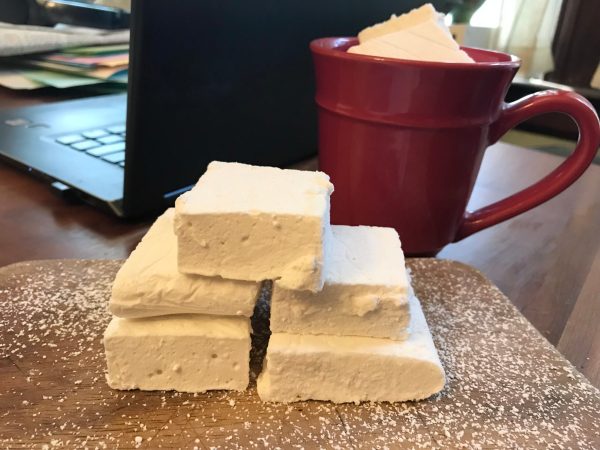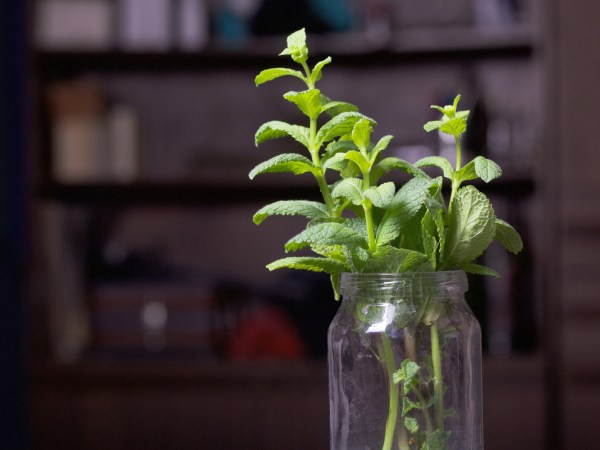

Growing plants can seem intimidating, but we believe anyone can create a thriving home conservatory of any size. We’re here to help nurture your skills and help make that happen, so please feel free to send any plant-related questions of your own to ask@popsci.com with “Plants” in the subject line.
You are not a god. You can’t control the weather. There’s rain, sleet, snow, all without your consent. Your personal preference doesn’t influence the intensity of the sun.
But your houseplants don’t know that.
Part of the joy of having indoor plants is that you can regulate their environment. One of the most important tools in your arsenal is the grow light: a fake sun, standing in for the real thing during cloudy winter days. It also solves the broader problem of houseplants that demand “full sun,” which by definition does not exist inside a building. With the advent of increasingly affordable and high-quality LED plant lights, you can manufacture that sunshine without the nuclear fusion reactions.
How to properly use grow lights
I moved from San Francisco to Brooklyn this past fall, and it’s been a tough winter for my succulents. They were used to living outside, in 50- to 70-degree temperatures (10 to 20 degrees Celsius), with constant cool fog and partial sun. In California, they flaunted the colors that indicate succulent happiness, blushing with purples and pinks, but in New York they faded and stretched out in their search for light. They needed some restorative rays.
A few months ago, I received two Ankace LED grow lights as a gift. They each have four flexible light sticks equipped with LED lights. I use a mix of blue and red lights, which give plants more energy and provide my apartment a fun purple tint. And I’m glad I got those instead of conventional bulbs, since LEDs use less energy and produce less heat. I hoped these new lights could return my suffering succulents to their former glow and began to use them daily—sometimes forgetting to turn them off. Endless light energy translates to endless chemical energy and thriving plants, right?
No, says Tim Pollak, outdoor floriculturist at the Chicago Botanic Garden. “Plants need a day and a night,” he says.
Plants don’t sleep, technically, but they do change their behavior based on their circadian rhythms. “During the day, plants soak up sunlight during photosynthesis, the process they use to get energy,” writes science journalist Brooke Borel. “But when the sun goes down, plants’ opportunity to eat disappears and other physiological processes take over, including energy metabolism and growth.”
While you probably don’t want to leave your grow lights on indefinitely, you also don’t need to match the short winter daylight hours. John Morse, director of horticulture at Lewis Ginter Botanical Garden, lets his houseplants bask under grow lights for between 15 and 18 hours a day. Pollak, meanwhile, suggested a minimum of 12 to 14 hours for my succulents on overcast days. Following that advice, I’ve started turning my grow lights on at 7 a.m., when I wake up, and off around 9 p.m. My succulents haven’t regained their California colorings, but they do look a little healthier.
Your use of grow lights will depend on your latitude and what kind of plants you have. And if you haven’t already acquired some, consider adjustable lights, so you can move them away as the plants grow. Doing so is especially useful if you’re trying to germinate seeds, as Pollak often does at the Chicago Botanic Garden.
However you use them, grow lights give you power over a fundamental force of nature. And, of course, the ability to keep your succulents alive on your windowsill over the winter.














